How to Wash Silk Pillowcases So They Stay Soft and Smooth

By Sharon Brandwein
Coming in at upwards of $50 per case, silk pillowcases are a bit of an investment. To be honest, though, we spend one-third of our lives sleeping, so when you think about it, there is perhaps no better investment than your bedding.
And while they may be a bit pricey, you may find that silk pillowcases are actually worth the purchase. This sleek and silky indulgence comes with some serious beauty benefits like keeping split ends and frizzy hair at bay, and they might even be good for your skin. Not too bad for a pillowcase, right?
But, price tag aside, silk pillowcases require a bit more TLC than your run-of-the-mill cotton cases, which can be a deal-breaker for some. Silk has a low wet and dry resiliency, which means it wrinkles easily when wet and doesn't recover well, either. That's not to say that washing a silk pillowcase at home is impossible; it just means that you'll need to know how to do it right. If you’re not sure whether you want to make the switch to Team Silk Pillowcase, we have all the deets ahead.
This guide walks you through everything you need to know about silk pillowcases: why they’re so great, how to care for them, and how to keep them looking like new even with regular use.
Photo via Shutterstock
Silk Pillowcase Benefits
We’ll walk you through a few reasons why silk pillowcases have blown up in popularity in recent years.
Help Hair Frizz
When you sleep at night on a regular cotton pillowcase, let's say, there tends to be a lot of friction as your hair rubs on the pillowcase. This leads to tangles, frizz, and even breakage. Silk, however, is one of the least abrasive fabrics out there. Lower abrasion equates to less friction when hair rubs against it while you sleep, therefore dialing down hair frizz.
May Be Good for Your Skin
When you hit the internet in search of silk pillowcases, you'll likely find plenty of articles that laud them for their anti-aging and benefits and their ability to keep wrinkles at bay. Unfortunately, the truth is there's relatively little science to back this claim up, but that doesn't mean silk pillowcases are without other merits for your skin.
It does appear that silk pillowcases can be pretty helpful for those who suffer from acne. Again, it all boils down to a decrease in friction. Silk pillowcases are smooth and soft, and with less friction on your skin at night, you may find that you're dealing with less inflammation and fewer breakouts. Regardless of material, think of your pillowcase like a sponge: It collects oils and dirt and if not cleaned regularly, will likely increase breakouts.
Hypoallergenic
In addition to its many beauty benefits, silk is naturally hypoallergenic. It has a natural resistance to dust mites, mold, and other allergens; definitely worthy of a second look for allergy sufferers.
Natural Thermostats
Silk is a natural thermoregulator and is somewhat of a paradox. It disperses excess heat, so for folks who sleep hot, silk pillowcases would certainly be nice to have. Meanwhile, in cooler temperatures, silk is known for its ability to retain heat, providing an insulating layer to keep you cozy at night in the winter.
How Often to Wash Silk Pillowcases
Like any type of bedding, you should aim to wash your silk pillowcases at least once a week. During that time, pillowcases can build up residue from skin and hair care products and oils from your face.
How to Hand Wash Silk Pillowcases
Washing silk pillowcases by hand is such a quick process, you’ll probably be done faster than the time it takes you to load your washing machine. Here’s how to hand wash silk pillowcases.
Tools and Materials Needed
- Silk pillowcase(s) to be cleaned
- Washbasin
- Mild detergent
- Water
- Clean white towel
Step 1: Mix the Water and Detergent
Fill the basin with water and detergent.
Step 2: Soak the Pillowcase
Turn the pillowcase inside out and fully submerge it in the water.
Step 3: Agitate to Clean
Gently agitate the pillowcase to clean it. Do not rub the fabric against itself as a means of getting it clean.
Step 4: Rinse Clean
Dump out the water and detergent, and rinse the pillowcase under a faucet with cold water. Do not wring the pillowcase to remove excess water. Instead, press the fabric gently between your hands.
Step 5: Remove Excess Water
Lay the pillowcase on the towel and gently roll it to remove excess water.
Step 6: Hang to Dry
Hang the pillowcase to air dry.
How to Machine Wash Silk Pillowcases
If you prefer the help of your handy washing machine, go for it! Just keep a few important adjustments in mind to keep your silk pillowcases intact.
Tools and Materials Needed
- Silk pillowcase(s) to be cleaned
- Mild detergent
- ½ cup distilled white vinegar
- Washbag
Step 1: Prepare Your Pillowcase for the Washer
If you wash the pillowcases with any other garments, be sure that it's with like items and colors. Turn the pillowcase inside out, and place it in the washbag to prevent pulls.
Step 2: Wash on the Delicate Cycle
Wash the pillowcase on the delicate cycle, using cold water and a mild detergent.
Step 3: Swap Out Fabric Softener with Vinegar
If you wish, you can replace your fabric softener with ½ cup of distilled white vinegar; this will not only help break down oils and residue collected in the pillowcase but also soften the silk.
Step 4: Remove the Silk Pillowcase Promptly
When the wash cycle is over, remove the silk pillowcase from the washer quickly to keep the wrinkles to a minimum. Lay the pillowcase on a clean white towel and gently roll it to remove any excess water.
Step 5: Hang to Dry
Hang the pillowcase to air dry.
How to Spot Treat Silk Pillowcases
Sleeping is a lot dirtier than we all think. Over the course of a few nights, makeup, hair products, and oils can stain your silk pillowcase. If that happens, pretreat the stain before washing. To do so, work a small amount of detergent into the stain with your fingers. Let it sit and work its magic for about 15 minutes. Then, follow the directions for the laundering method of your choice as outlined above.
How to Dry Silk Pillowcases
Silk pillowcases should only be air-dried. Do not dry your silk pillowcase in the dryer on the heated cycle or hang it out in direct sunlight. If you need to speed up the drying time for any reason, you can run the silk pillowcase through the air dry or no-heat cycle on your dryer.
Photo via Elizabeth Made This
More Silk Pillowcase Care Tips
Keep those precious pillowcases around for a while! Here are a few more care tips for your silk pillowcases:
- Avoid the standard operating procedures for folding and storage. Instead of a standard fold that will likely crease the fabric, try a soft fold or a loose roll, and place the pillowcase somewhere it won’t be inadvertently crushed or flattened.
- When ironing your silk pillowcase, do so on the lowest heat setting. Moreover, be sure to use a pressing cloth so you don’t scorch or burn the fabric.
- If you find that your silk pillowcase has lost its sheen after a while, that could be the result of detergent buildup. To remove residual soap and restore the luster of your silk pillowcase, try soaking it in a white vinegar bath and then proceed with your preferred laundering method.
- To keep the wrinkles to a minimum, hang your silk pillowcase to dry instead of laying it flat.
Have you made the switch to silk pillowcases? Tell us in the comments—we’d love to know.



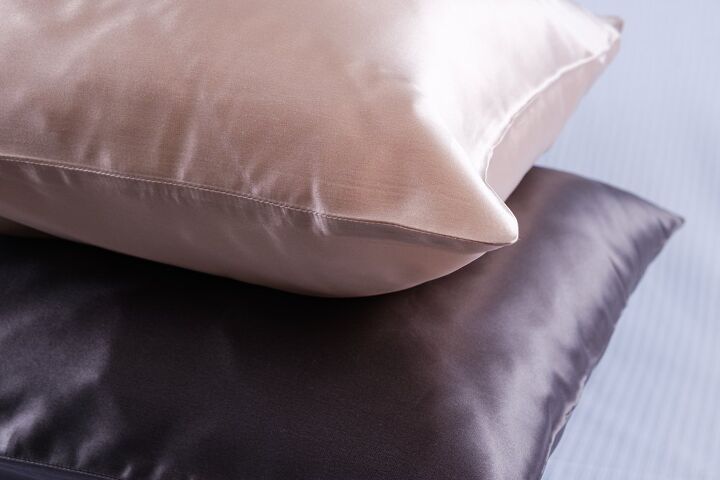

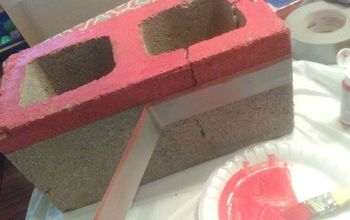




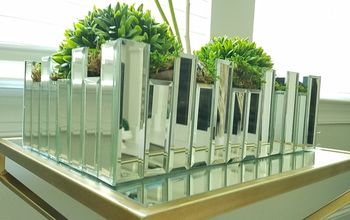


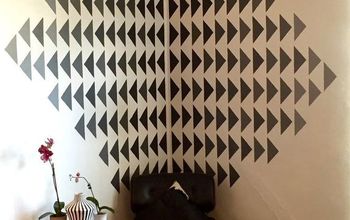

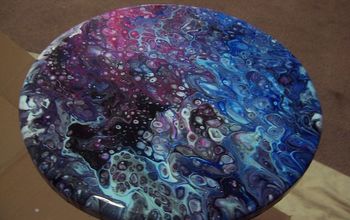
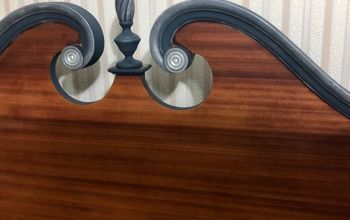
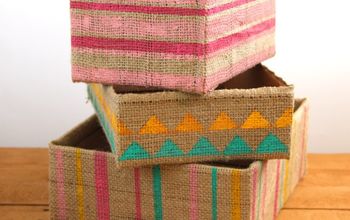

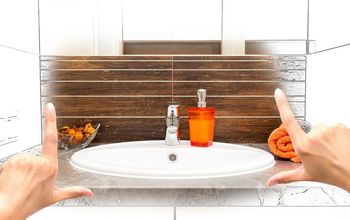



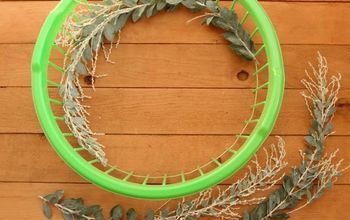

Frequently asked questions
Have a question about this project?